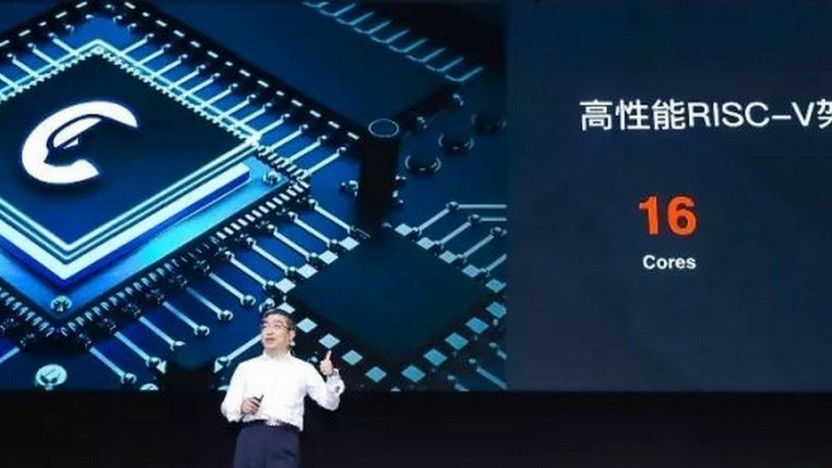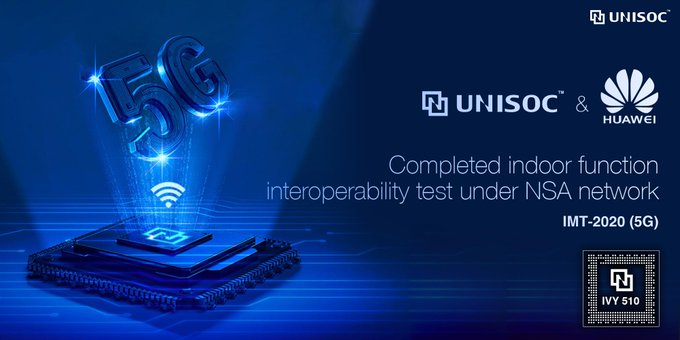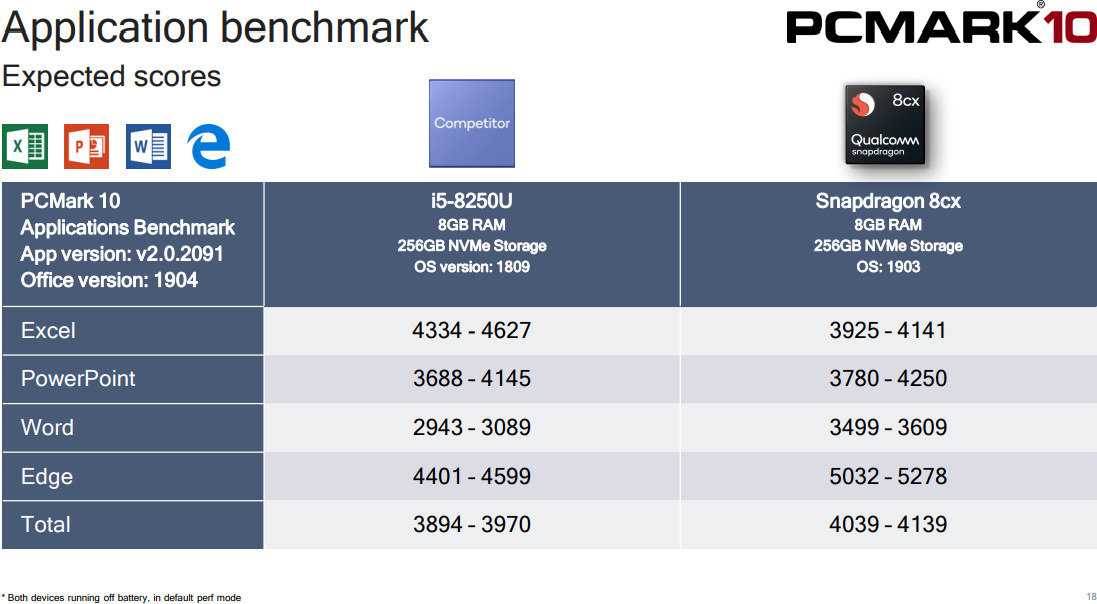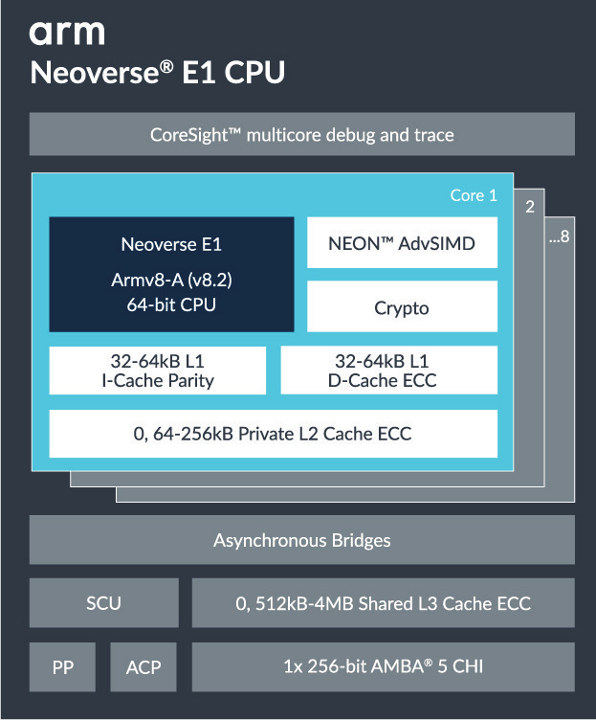When Pingtou Ge (Brother Pingtou) Semiconductor Co. was founded by Alibaba in September 2018, the vision was to create groundbreaking chips for production. The company had once been Zhongtianwei, a chip company, which was acquired by Alibaba in April 2018 along with team Aha. On July 25, 2019, it was announced that Brother Pingtou had released the XuanTie 910 (Black Iron 910) 16-Core RISC-V Processor. The company has reported that the processor will be integrated into high-performance end to end 5G chips, AI, and autonomous driving applications. There are conflicting reports that the processor is also known as T-Head, although its name means Black Iron. There has been no firm release date or price as of yet. Open-source technologies are being adopted on a regular basis in China, and the XuanTie 910 is being offered to developers with encouragement to use Berkeley-based open-source ISA with very few intellectual property restrictions. […]
UniSoC Successfully Tested their IVY510 5G Modem in Collaboration with Huawei
UniSoC Communications has announced the completion of testing on its IVY510 5G modem. The testing was performed in partnership with Huawei and finished up in July 2019. The IVY brand platform offers compatibility with IoT products and services and is already being used as a cutting-edge option in some devices. The testing had been performed under the auspices of IMT 2020, the regulatory body in the worldwide telecom industry. In the tests, the IVY510 reached download speeds of 1.38 Gbps at CAICT’s MTNet Lab. The IVY510 was announced in February of this year at MWC. It is a multimode 2G/3G/4G/5G modem, that meets the 3GPP R15 standard, supports Sub-6GHz 5G spectrum and has a channel bandwidth of 100 MHz. Offering high performance, deeply integrated, low power 5G platform, supporting both SA (standalone) and NSA (non-standalone) network arrangements. The ability to move through different network formations allows the IVY510 to grow […]
MediaTek 5G SoC to Feature Arm Cortex-A77 Processor & Mali-G77 GPU
It did not take long this time. Just a couple of days after Arm announced their latest Cortex-A77 CPU and Mali-G77 GPU IP blocks, MediaTek unveiled an upcoming 5G processor based on their Helio M70 modem, an unspecified number of Arm Cortex-A77 cores, a Mali-G77 GPU, all manufactured using a 7nm FinFET process. The company did not bother finding a name for the processor nor provided details specifications before the announcement, but here’s what we know about the first MediaTek 5G SoC: CPU- Arm Cortex-A77 cores GPU- Arm Mali-G77 NPU – APU 3.0 with support for advanced AI applications including imaging Video – 4K60 video encode and decode Camera – 80MP ISP Cellular Connectivity – Helio M70 5G modem with peak 4.7 Gbps download using sub-6GHz bands, support for standalone (SA) and non-standalone (NSA) 5G networks Process – TSMC’s 7nm FinFET Samples will be available in Q4 2019, and commercial […]
Lenovo Project Limitless 5G Laptop and Snapdragon 8cx Benchmarks
Last December, Qualcomm unveiled Snapdragon 8cx processor for laptops, or as the company calls them “always-on always connected mobile PCs”. Only 4G LTE was mentioned at the time, but a few months later it was confirmed that the processor would find its way into 5G always-connected mobile PCs. Qualcomm made two main announcements at Computex 2019 about their new Arm processor for laptops. First, they announced a partnership with Lenovo for Project Limitless, the first 5G PC powered by the Qualcomm Snapdragon 8cx 5G compute platform, and the company released some benchmarks to demonstrate the high performance and long battery life of their solution. Lenovo Project Limitless 5G Laptop The press release did not reveal that much information, but we do know Project Limitless features Qualcomm Snapdragon 8C 5G compute platform with Snapdragon X55 5G modem enabling download speed of up to 2.5 Gbps, and it will be the first […]
Snapdragon 8cx 5G Compute Platform Targets 5G always on, always connected PCs
Qualcomm announced Snapdragon 8cx processor for so-called always on, always connected mobile PCs in December 2018. The processor comes with eight Qualcomm Kryo 495 core, an Adreno 680 GPU with a 128-bit memory interface, NVME SSD, UFS 3.0 support, as well as a Snapdragon X24 4G LTE modem among other features. But the launch 5G cellular connectivity will start to (slowly) take off this year, so the company also revealed plans for Snapdragon 8cx 5G compute platform that brings the same processing power as 8cx processor but with an extra Snapdragon X55 5G modem. The company did not provide that many details about Snapdragon 8cx 5G in the press release, but we already know Snapdragon 8cx specifications as well as the key features of Snapdragon X55 2nd generation 5G modem, so we should already have a good idea about the platform. Qualcomm highlights the 7nm manufacturing process, multi-day battery life, and multi-gigabit […]
Samsung Galaxy S10, S10+, S10e, S10 5G Launched with Snapdragon 855 or Exynos 9820 SoC
Samsung officially launched the long awaited Galaxy S10 smartphone yesterday sporting either a Qualcomm Snapdragon 855 or Samsung Exynos 9820 processor coupled with 8GB RAM, 128 to 512GB storage, and a 6.1″ display. There are actually four variants of Galaxy S10, with S10+ model coming with up to 12GB RAM, 1TB flash storage, and a 6.4″ display, S10e phone with a smaller 5.8″ display, as low as 6GB RAM, and 128 to 256GB flash storage, and S10 5G with a 5G modem, a larger 6.7″ display, 6 cameras, and a larger 4,500 mAh battery. Many consider Samsung Galaxy phones to be the reference when it comes to Android phones, so let’s have a look at the technical specifications and features to see if there’s anything really new beside more processing power, and memory. Galaxy S10, S10+, S10e, and S10 5G phones share many of the same specifications: SoC (one or […]
Arm Neoverse E1 & N1 Processors Target Edge and Cloud Infrastructure
Arm has just announced two new processors for compute workloads with a power efficient Neoverse E1 platform targeting edge devices like 5G base stations, as well as the more powerful Neoverse N1 platform designed for the cloud, and aiming at challenging Intel Xeon processors. Arm Neoverse E1 Key specifications and features of Arm Neoverse E1: Simultaneous Multithreading (SMT) supporting two threads concurrently Up to 8 cores (16 threads) per cluster Superscalar, out-of-order pipeline Configurable private L2 cache Configurable L3 cache Low-latency Accelerator Coherency Port (ACP) for closely coupled accelerator integration Support cache stashing into L2/L3 cache Arm Neoverse E1 is the first Arm processor to support SMT and is best suited for data plane compute workloads such as 4G/5G transport, software-defined networking, software-defined storage, and SD-WAN. The platform features a scalable architecture suitable for 10Gb wireless/wireline devices to high-performance 100G+ Dataplane Processing Unit (DPU). Arm developed a 5G small cell […]
Qualcomm Announces Snapdragon X55 Second Generation 5G Modem
Several 5G smartphones based on Snapdragon 855 processor and Snapdragon X50 5G modem have been announced, but AFAIK none have shipped to end users. But Qualcomm has already announced their second generation 5G NR (New Radio) modem with Snapdragon X55, which the company claims is “the world’s most advanced commercial multimode 5G modem”. Manufactured with a 7-nm process, Snapdragon X55 is a single-chip modem that supports 2G, 3G, 4G, and 5G NR mmWave and sub-6 GHz spectrum bands with up to 7 Gbps download speeds and 3 Gbps upload speeds over 5G, and up to 2.5 Gbps download speeds over LTE (Category 22) The model supports TDD and FDD modes, is capable of Standalone (SA) and non-standalone (NSA) network deployments, and can handle dynamic spectrum sharing delivering both 4G & 5G services dynamically. The Snapdragon X55 5G modem pairs with the new QTM525 5G mmWave antenna module, as well as […]










